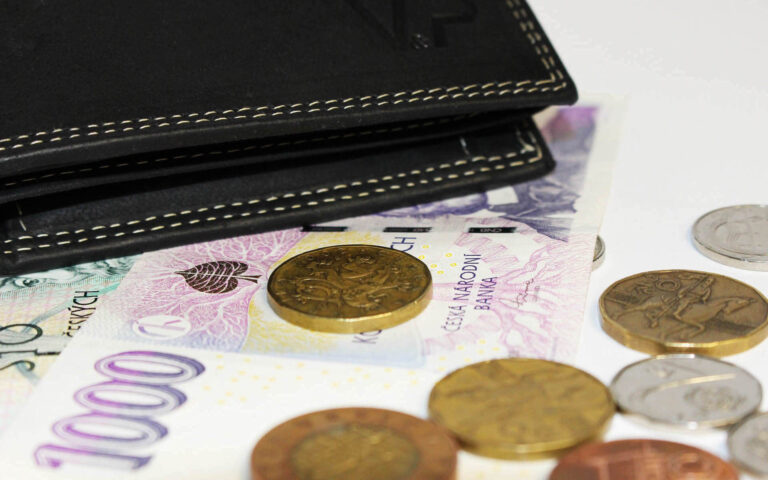Emerging markets, characterised by rapid economic growth and development, present a wealth of business opportunities for companies seeking to expand their operations and tap into new consumer bases. These developing economies, often marked by increasing industrialization and improved infrastructure, offer promising prospects for investment and growth. However, they also come with their own set of risks and challenges. This article explores the business opportunities and risks associated with emerging markets, highlighting key factors for companies to consider when entering these dynamic regions.
Understanding Emerging Markets
Emerging markets refer to economies that are in transition from low-income, less developed status to more advanced, higher-income status. These markets often exhibit rapid economic growth, expanding middle classes, and increasing consumer demand. Countries such as Brazil, India, China, and several nations in Africa and Southeast Asia are frequently cited as prominent emerging markets.
Business Opportunities in Emerging Markets
- Growing Consumer Demand: Emerging markets are experiencing a burgeoning middle class with increased purchasing power. This growing consumer base presents opportunities for businesses to introduce new products and services tailored to local preferences. Sectors such as technology, retail, and consumer goods often see significant growth in these regions.
- Investment in Infrastructure: Many emerging markets are investing heavily in infrastructure development, including transportation, energy, and telecommunications. These investments create opportunities for companies involved in construction, engineering, and technology to participate in large-scale projects and contribute to economic development.
- Access to Untapped Markets: Emerging markets often have untapped consumer segments and business opportunities that are not available in more developed economies. Companies can gain a competitive advantage by entering these markets early and establishing a presence before they become saturated.
- Favourable Demographics: Emerging markets often have young, growing populations that drive demand for education, healthcare, and technology. Businesses that cater to these demographic trends can capitalise on the expanding needs of younger consumers and emerging professionals.
- Government Incentives: Many governments in emerging markets offer incentives to attract foreign investment, such as tax breaks, subsidies, and reduced regulatory burdens. These incentives can make it more attractive for companies to invest and operate in these regions.
Risks and Challenges in Emerging Markets
- Political and Economic Instability: Emerging markets can be prone to political and economic instability, including changes in government, policy shifts, and economic downturns. This instability can pose risks to business operations and investments, making it crucial for companies to conduct thorough risk assessments and have contingency plans.
- Regulatory and Compliance Issues: Navigating the regulatory environment in emerging markets can be complex and challenging. Businesses may face inconsistent regulations, bureaucratic hurdles, and changing compliance requirements. Understanding local laws and working with local experts can help mitigate these risks.
- Infrastructure Limitations: Despite ongoing investments, infrastructure in some emerging markets may still be underdeveloped or unreliable. This can impact logistics, supply chain efficiency, and overall operational effectiveness. Companies need to assess infrastructure capabilities and plan accordingly to address potential challenges.
- Cultural and Market Differences: Cultural differences and varying consumer preferences can impact the success of business operations in emerging markets. Companies must invest in market research and adapt their products, services, and marketing strategies to align with local customs and preferences.
- Currency and Financial Risks: Fluctuations in currency exchange rates and financial instability can affect profitability and financial planning. Businesses operating in emerging markets should have strategies in place to manage currency risk and safeguard their financial interests.
Strategies for Success in Emerging Markets
- Conduct Thorough Market Research: Understanding the local market dynamics, consumer behavior, and competitive landscape is essential for successful market entry. Comprehensive market research helps companies identify opportunities, tailor their offerings, and develop effective strategies.
- Build Local Partnerships: Partnering with local businesses, distributors, or agents can provide valuable insights, facilitate market entry, and enhance operational efficiency. Local partners can help navigate regulatory environments, understand cultural nuances, and establish connections with key stakeholders.
- Adapt Business Models: Companies should be flexible and adaptable in their business models to address the unique needs and preferences of emerging markets. This may involve modifying products, adjusting pricing strategies, or offering localised services.
- Invest in Relationship Building: Building strong relationships with local stakeholders, including government officials, business leaders, and customers, is crucial for long-term success. Companies that invest in relationship building and demonstrate a commitment to the local community are more likely to gain trust and support.
- Implement Risk Management Practices: Developing a robust risk management strategy is essential for mitigating potential risks associated with emerging markets. This includes monitoring political and economic developments, managing currency exposure, and ensuring compliance with local regulations.
Recent Insights and Developments
For the latest updates and analysis on emerging markets and business opportunities, resources like JudgeNews.net provide valuable insights and information. Staying informed about market trends, regulatory changes, and economic developments is essential for companies seeking to navigate the complexities of emerging markets.
Conclusion
Emerging markets offer significant business opportunities driven by growing consumer demand, investment in infrastructure, and favourable demographics. However, these opportunities come with their own set of risks and challenges, including political instability, regulatory hurdles, and infrastructure limitations. By conducting thorough market research, building local partnerships, and implementing effective risk management strategies, companies can navigate the complexities of emerging markets and capitalise on their growth potential. As businesses explore new frontiers, staying informed and adaptable is key to achieving success in these dynamic and evolving economies.












